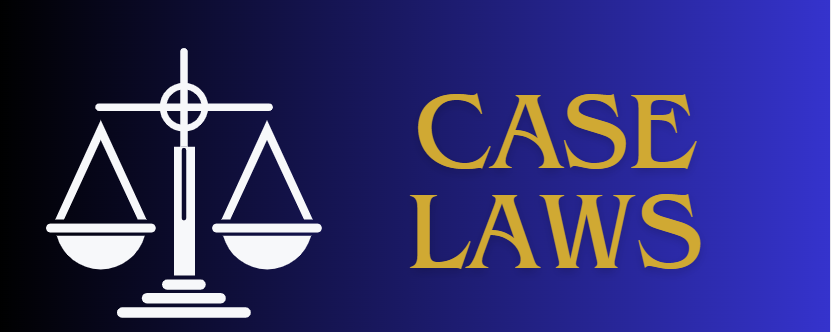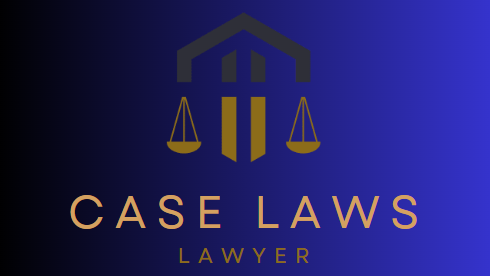PLJ 2023 Cr.C. (Note) 5
Anti-Terrorism Act, 1997 (XXVII of 1997)--
----S. 6(2)--Sprinkled acid on face of victim/applicant--Terrorism--Criminal revision--And finally after an erudite discussion in paragraph 13,14 and 15 examining among others, preamble to ATA, 1997 and jurisdiction of Anti-Terrorism Court under Section 12 of said Act coupled with definition of scheduled offence in relation to Third Schedule to said Act has declared in paragraphs 13 & 16 of said judgment that “.... for an action or threat of an action to be accepted as terrorism within meaning of Section 6 of Anti-Terrorism Act, 1997 action must fall in sub-section (2) of Section 6 of said Act and use or threat of such action must be designed to achieve any of objectives specified in clause (b) of sub-section (1) of Section 6 of that Act or use or threat of such action must be to achieve any of purposes mentioned in clause (c) of sub-section (1) of Section 6 of that Act.” Going by that declaration it is not difficult to understand that merely creating fear or insecurity in society by an action or by threat of such an action is not by itself terrorism unless it is seen or shown that motive or intention or deign behind action or threat of such action was to create fear or insecurity in society, and that an action or its threat would not be terrorism when fear or insecurity is just an unintended consequence of a crime. [Para 5] A
Anti-Terrorism Act, 1997 (XXVII of 1997)--
----S. 6(2)--Definition of terrorism--Sprinkled acid on face of victim/applicant--Criminal revision--In above judgment, it has been conclusively decided that an action may fall within sub-section (2) of Section 6 of Act but if it has been committed in furtherance of personal enmity or private vendetta, it would not qualify to be characterized as terrorism--It has been further set out that cases arising out of personal enmity do not fall within definition of terrorism--We after taking guidance from aforesaid decision and perusing facts of case are of firm view that allegations against applicant of having committed offence u/S. 334, 336-B, 337-A(i), 504, 506, 34, PPC was not an outcome of a design to achieve any of objectives specified in clause (b) of sub-section (1) of Section 6 of ATA, 1997 nor same appear to be aimed at achieving any of purposes mentioned in clause (c) of sub-section (1) of Section 6 of ATA, 1997 so as to justify invoking jurisdiction of Anti-Terrorism Court. [Para 6] B
Mr. Saifullah Abbasi, Advocate for Applicant.
Ms. Rahat Ahsan, Addl. P.G. for State.
Date of hearing: 20.1.2022.
PLJ 2023 Cr.C. (Note) 5
[Sindh High Court, Karachi]
Present: Muhammad Iqbal Kalhoro and Abdul Mobeen Lakho, JJ.
MUHAMMAD ISMAIL--Applicant
versus
STATE and others--Respondents
Crl. Rev. Appln. No. 304 of 2021, decided on 20.1.2022.
Order
Muhammad Iqbal Kalhoro, J.--Applicant, complainant Crime No. 155/2020 u/S. 334, 336-B, 337-A(i), 504, 506, 34, PPC r/w Section 7 Anti-Terrorism Act, 1997 registered at P,S. Gulshan-e-Iqbal has filed this application against an order dated 30.11.2021 passed by learned Anti-Terrorism Court XV Karachi allowing an application u/S. 23 ATA, 1997 filed by respondents and transferring the case to learned Sessions Judge, Karachi East for disposal according to law.
2. Learned counsel for the applicant has argued that offence falls u/S. 6 of ATA, 1997 within the definition of terrorism and has to be tried by
3. On the other hand, learned Addl. P.G while relying upon PLD 2016 Lahore 269 and PLD 2016 Hon’ble Supreme Court 1 has opposed this application.
4. We have considered submissions and perused the record. It appears that the respondents are in laws of applicant and residing at Rehmatia Colony, Gulshan-e-Iqbal Karachi where applicant had gone to take back his wife Sana daughter of Mehboob. But allegedly the respondents intimidated, insulted him and then his mother in law Alya wife of Mehboob sprinkled acid on his face causing him injuries. Learned trial Court while dealing with the application u/S. 23 ATA has given cogent reasons to arrive at a conclusion that Anti-Terrorism Court has no jurisdiction to try the offence committed out of personal feud between the parties and that offence having been committed inside the home does not attract Section 6(i) of ATA, 1997, Apart from which it is observed that offence u/S. 336-B, PPC is not a scheduled offence and therefore, Anti-Terrorism Court has no jurisdiction. We do not find any material to disagree with such opinion of the trial Court.
5. In our humble view, the Honorable Supreme Court has finally set at rest controversy surroundings definition of terrorism in the case as PLD 2020 Hon’ble Supreme Court 61 and has eloquently elaborated as to what action or threat of an action constitutes terrorism with reference to Section 6 of ATA, 1997. In paragraph 10 and 11 thereof has recalled all the precedent cases available on either side of divide defining constituents of terrorism in the background of Section 6 of ATA, 1997. And finally after an erudite discussion in paragraph 13,14 and 15 examining among others, preamble to ATA, 1997 and jurisdiction of Anti-Terrorism Court under Section 12 of said Act coupled with definition of scheduled offence in relation to the Third Schedule to said Act has declared in paragraphs 13 & 16 of said judgment that “.... for an action or threat of an action to be accepted as terrorism within the meaning of Section 6 of Anti-Terrorism Act, 1997 the action must fall in sub-section (2) of Section 6 of the said Act and the use or threat of such action must be designed to achieve any of the objectives specified in clause (b) of sub-section (1) of Section 6 of that Act or the use or threat of such action must be to achieve any of the purposes mentioned in clause (c) of sub-section (1) of Section 6 of that Act.” Going by that declaration it is not difficult to understand that merely creating fear or insecurity in the society by an action or by threat of such an action is not by itself terrorism unless it is seen or shown that the motive or intention or deign behind the action or threat of such action was to create fear or insecurity in the society, and that an action or its threat would not be terrorism when fear or insecurity is just an unintended consequence of a crime.
6. In the above judgment, it has been conclusively decided that an action may fall within sub-section (2) of Section 6 of the Act but if it has been committed in furtherance of personal enmity or private vendetta, it would not qualify to be characterized as terrorism. It has been further set out that the cases arising out of personal enmity do not fall within the definition of terrorism. We after taking guidance from the aforesaid decision and perusing facts of the case are of the firm view that the allegations against the applicant of having committed offence u/S. 334, 336-B, 337-A(i), 504, 506, 34, PPC was not an outcome of a design to achieve any of the objectives specified in clause (b) of sub-section (1) of Section 6 of ATA, 1997 nor the same appear to be aimed at achieving any of the purposes mentioned in clause (c) of sub-section (1) of Section 6 of ATA, 1997 so as to justify invoking jurisdiction of Anti-Terrorism Court.
7. We for the foregoing discussion are of the view that provisions of ATA, 1997 are not attracted in the present case. The impugned order does not call for any interference by this Court. Accordingly, the application in hand is dismissed.
The criminal Revision Application stands disposed of in above terms.
(A.A.K.) Revision disposed of





0 Comments